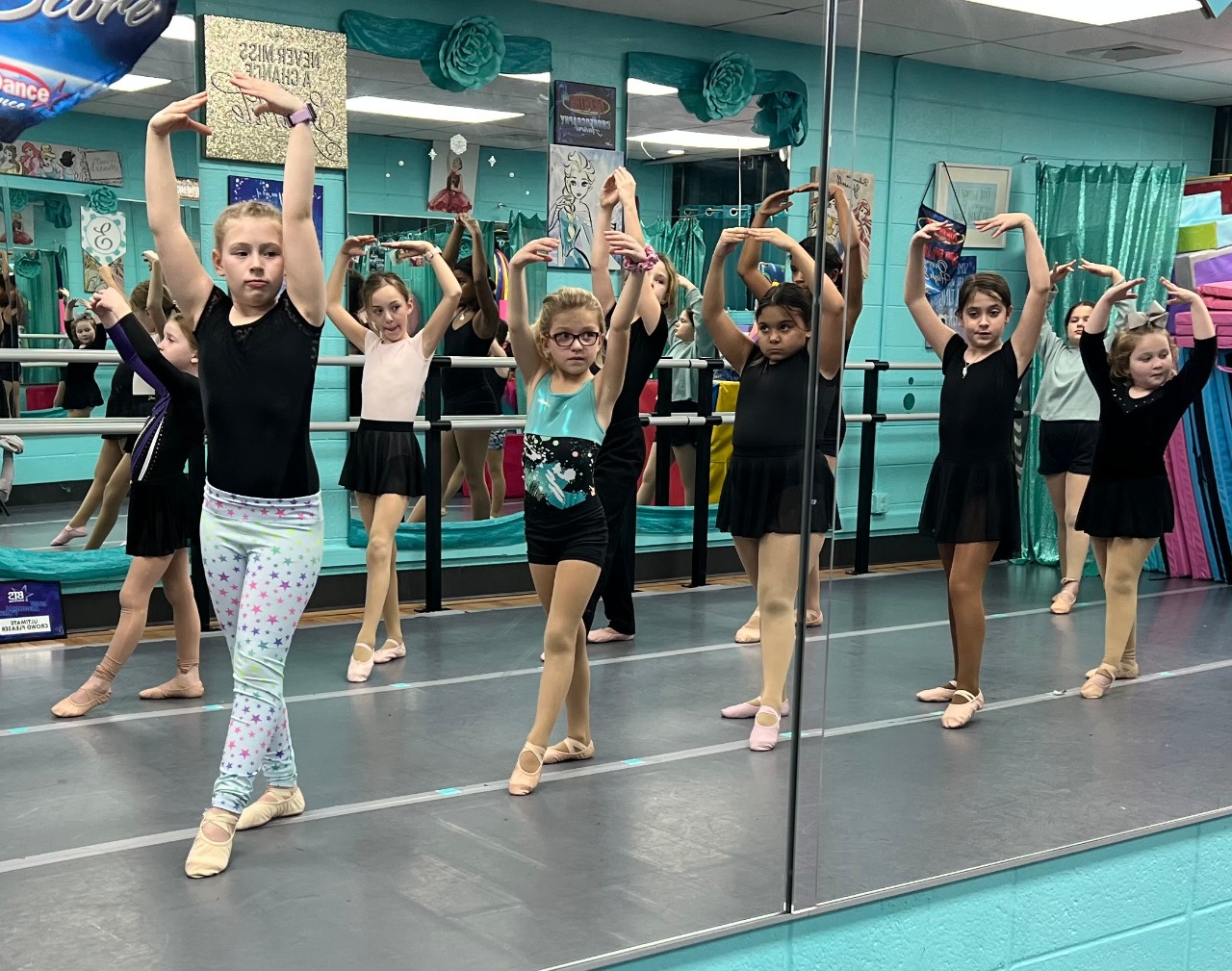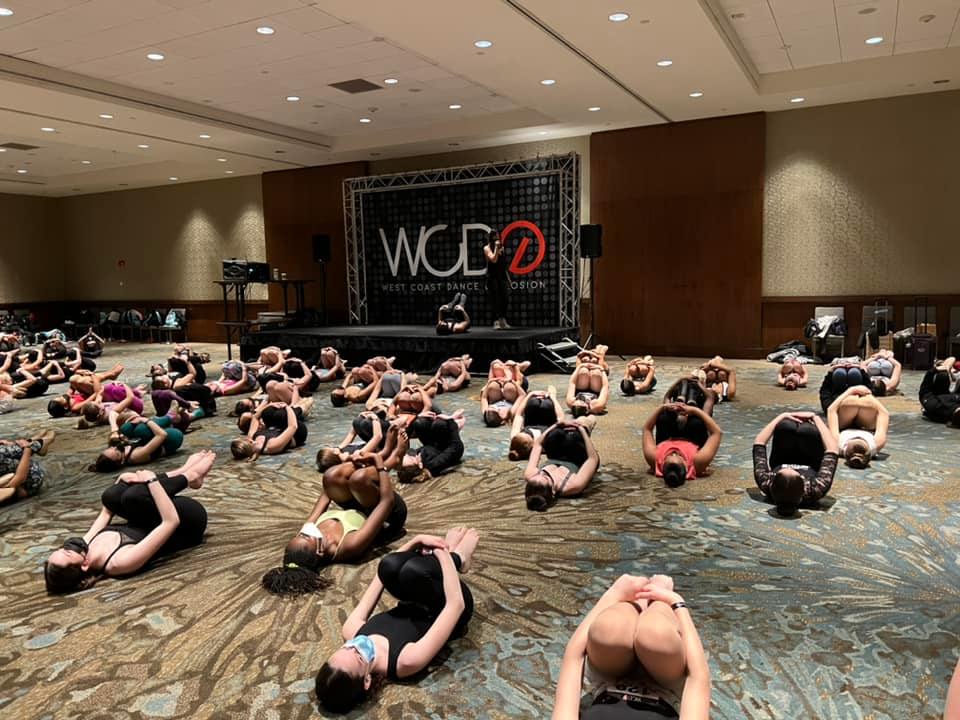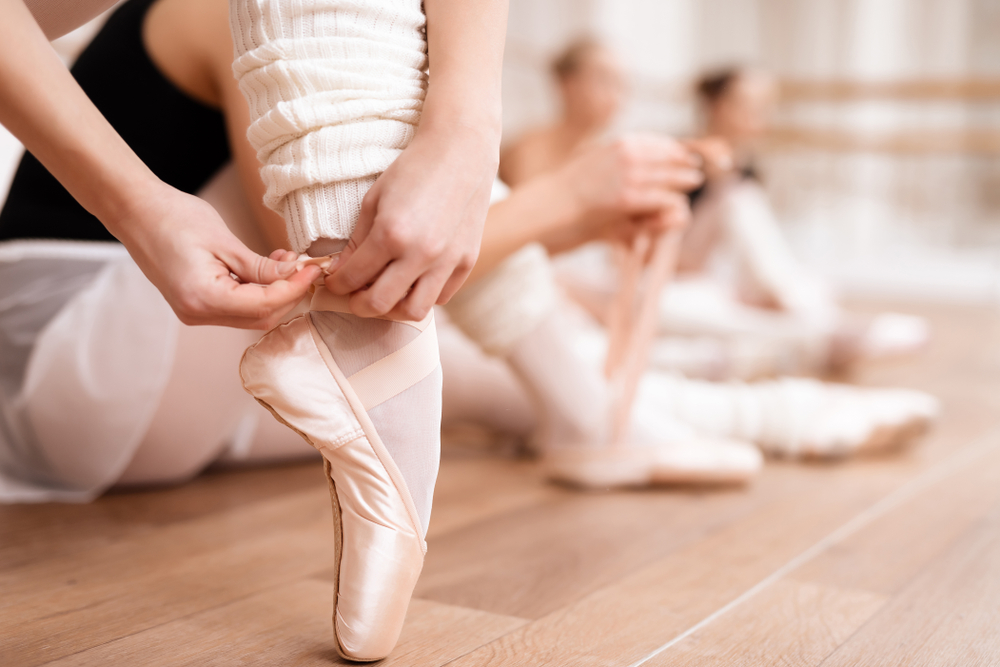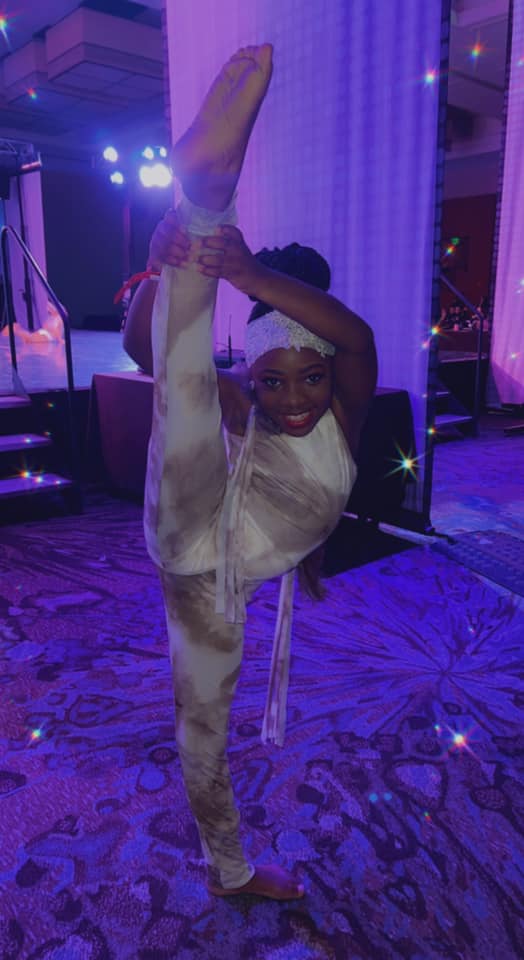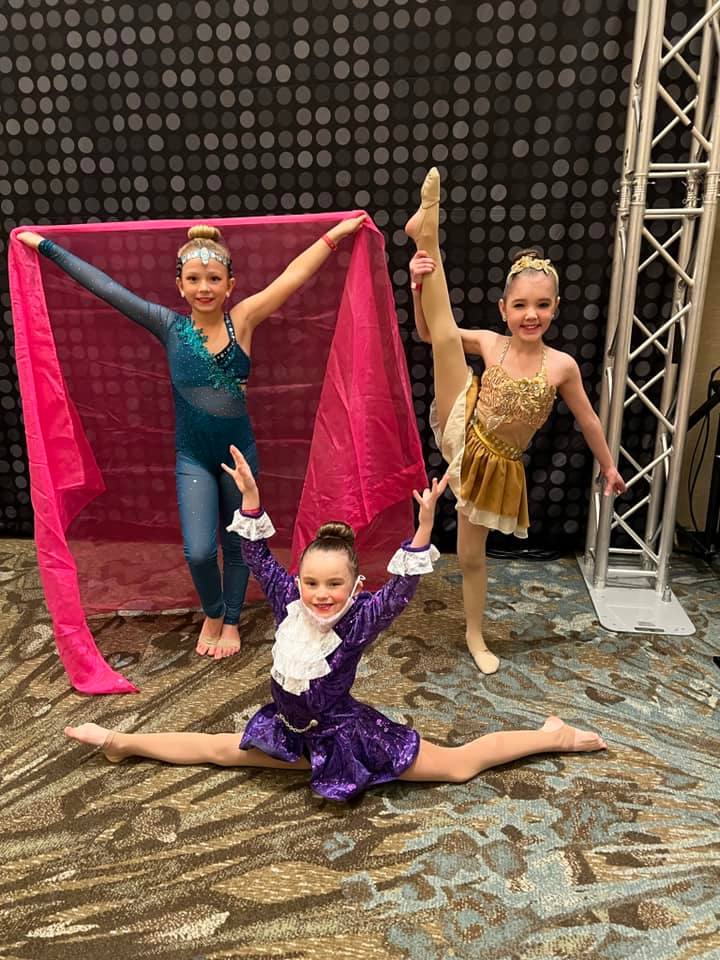Having the appropriate music is crucial whether you’re instructing a children’s ballet class or helping your child learn at home.
The fact that not just any classical CD will do may surprise you! Children’s ballet music can serve as a helpful prompt for young ballerinas to remember which movements to practice. Even while some of the best ballet music for kids includes upbeat melodies, older kids will particularly benefit from classical ballet music for barre work.
We have you covered if you’re unsure about which ballet music is best for your kid. The best ballet music for kids is listed here.
What Makes Ballet Music for Kids Good?
Even if you can easily locate all kinds of classical ballet music online, it might not be suitable for your child’s complete class. Many CDs contain tunes that aren’t appropriate for a child’s ballet lesson because they were created with teen or adult dancers in mind.
Simple, well-known songs can inspire your child to begin moving freely. When movement is less regimented, fun nursery rhymes or Disney tunes are excellent for warm-ups and cool-downs. When your class is warming up by playing freeze dance or dancing with scarves, switching between fast and slow tracks can be a great idea.
A portion of dance class might be appropriate for the dancers’ favorite tunes as long as they have a delicate character.
The majority of music is classical and frequently consists of brief pieces when being practiced at the barre. It’s common to find a list of the proper exercises next to each piece of classical music on ballet CDs that you may purchase. You might find yourself skipping songs frequently depending on the level of experience in your class, so it might be wise to limit the music you download to your phone to those you actually intend to utilize.
Imaginative arrangements from well-known ballets like Swan Lake and The Nutcracker are ideal for practicing poses, going across the floor, or adagio for floor training after barre. Additionally useful for rehearsing quick routines that kids develop week after week are these longer songs.
How to Choose Music for Ballet Class
It’s crucial to consider how your class will run before you begin creating your playlist. If you’re Before you start making your playlist, it’s important to think about how your class will function. If you’re a parent who is teaching your kid to dance at home, you might want to look at some of the lesson plans for dancing classes.
During warm-up, dancers can need assistance shifting their focus. Undoubtedly jittery and excited to see their friends, they have the wiggles. Laugh-out-loud music in a variety of tempos is ideal for stretching during this time.
Consider including some nursery rhyme songs in this stage to help your dancers in remembering their stretches. As part of your warm-up, it may be sufficient to conduct stretches in a small circle while soft music plays in the background.
Then, barre exercises can be carried out while listening to classical ballet music. Focus on music created for young children’s plies, releves, tendus, and rande jambe. Despite the short length of these songs, you might need to repeat them a few times in order to master the moves. It is advantageous to have two or three options for each step.
As you proceed to center work, longer, more classical ballet compositions can inspire your young dancers to embody more grace in their movements. This is particularly helpful if you need to move from one side of the floor to the other since you need a song that is long enough to encompass several rows of two or three dancers. If your child is dancing at home, a song that is longer can encourage further practice in this area.
Your cool-down music could be upbeat tunes from Disney or other musicians. This is great for tumbling, spontaneous dancing, or goodbye songs. We suggest ending the class with a quick bow or curtsy routine to a soft, classical piece.
How Distinctive Dance Etc. Can Assist
Distinctive Dance Etc., a facility offering a stimulating atmosphere for kids of all ages that allows them to explore and grow while having fun, is situated in Greenwood Proper in Warwick. Each child’s requirements are met by a variety of programs at DDE, which also provides a wide range of learning opportunities. Miss Stacy takes great delight in imparting her knowledge and skills in dance and gymnastics while also giving her students ongoing support and direction. To know more, get in touch with us!




